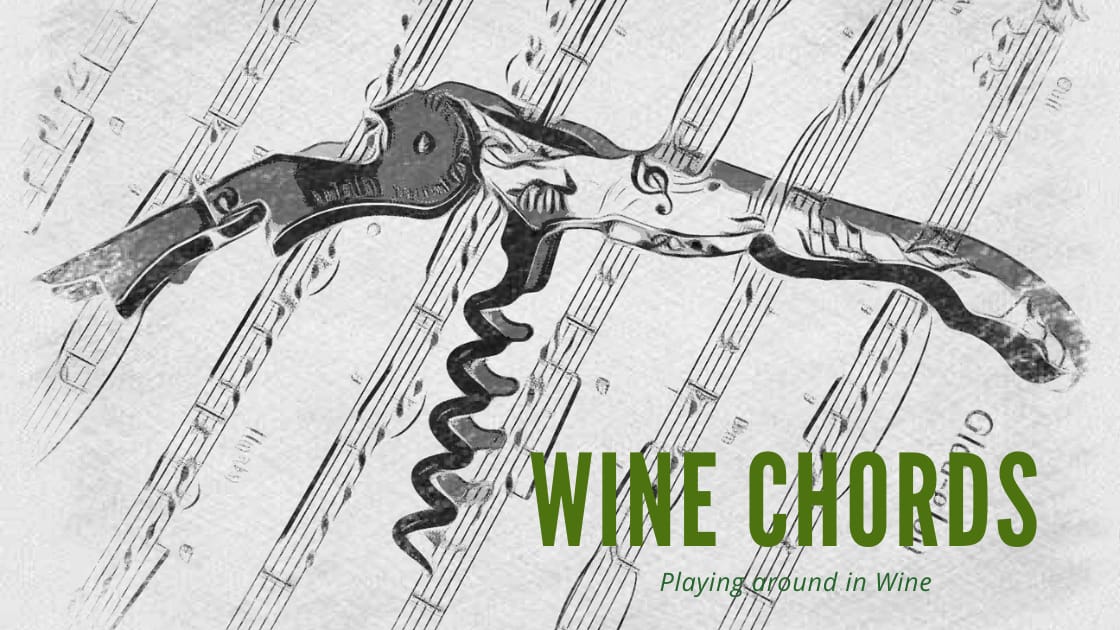I had been travelling in the stronghold of the monastrell grape for almost a week. Here are a few tales about a few producers that didn’t receive an article for themselves this time, even if they deserve so.
I had met Juan Pascual López of Viña Enebro at a fair, and I have tasted his wines at the natural wine bar Solo de Uva in Madrid, and elsewhere. Enebro refers to a very special tree that grows in his vineyard in the Bullas wine area, in the municipality of Cehegín.

On the property you find almonds and olives, and in the vineyards there are some 80+ % monastrell. The soils are predominantly sandy clay with a high content of limestone, more saline near the river.
Juan Pascual belongs to the PVN group (Productores de Vinos Naturales), which means no additives (read: not even a milligram of sulphur). No more than 13-14.000 bottles are made each year. He tells that he sees himself concentrating more and more on young wines, marching with the times, in other words.
I have tasted and covered his wines on several ocations. So this time we didn’t taste any bottled wines, we just drove through the vineyards, had some samples and discussed wine and politics.

The first sample was a forcallat, a local, nearly extinct, productive and quite mellow variety that is going to be a “blanco de negros” (not completely true, even if it’s blended with a small proportion of monastrell, as this particular grape is white).
Next was a monastrell that will probably be a rosé (light, aromatic, rounded), then a carbonic maceration red (light, fresh and yes: carbonic) and a much more powerful and tannin-structured wine. All these monastrell 100%, all 2016.

We also sampled some “older” vintages, between 2015 and ’13. Juan Pascual told that monastrell loses colour quite fast, but the tannins last longer, which was evident from these wines. I have never thought about this before, but it’s something to explore at the earliest convenience.
Juan’s mother did all the paintings, including the still life
When I have mentioned that we also tasted a sparkling wine and a 2013 dessert wine -grapes dried some 40 days, still fermenting- I think I have told the tale about this short visit.
Tercia de Ulea was visited en route, and proprietor Diego Ruíz de Assin was available on the phone, but not in person. No worries, as Ildefonso was there when I showed up one day before the appointment, just to see if it was possible (to be able to visit my mother that had been brought to the hospital of Benidorm – I think this is most relevant information for you, dear reader).
Anyway, the bodega has a small selection of barrels in sizes from 128 liters up to 2.500, and at different ages. The list of barrels tells that the one 128 liter barrel contains “shyrac”. The bodega is in Moratalla, in the western end of Bullas, while the vineyards lie towards Benizar by the border with Albacete and Los Charcos, a little east from the winery.
Ildefonso took me through a few wines. We are always talking about minimal sulphur additions. 20-25 mg/L maybe, and never more than 40 mg total sulphur. The wine growing is organic, and there is as tittle intervention as possible.
Rebeldía 2016, mainly monastrell, was a light and fruitdriven rosé (strawberry, citric notes) round in the mouth with adecuate acidity. A interesting wine was the Adivina 2016, a semi-dulce (half-sweet) made from tempranillo and cabernet. Light rosé colour in the direction of salmon, an evident apricot component in the aroma, and the sweetness surpisingly balanced by the concentration of the fruit.
Rambla 2015 was the most direct monastrell expression (almost 100% monastrell), unoaked, a dark, fruity (cherries), lightly spicy and structured red. Botial Roble 2015 made from monastrell and syrah in equal parts and a little cabernet, was fuller-bodied and still with good fruit.
On the way back to Andalucía I stopped just outside Villena in the Alicante province, where Bodega la Encina is making highly original natural wines, with elements of biodynamic practise and without additions of any sort. They work the land according to the deepest respect of the land and the traditions. No pesticides nor chemicals are used. Nor do they clarify the wines.
I came across one of the wines at a seaside restaurant in the Cádiz province (the Taberna de el Campero) and I have been thinking of a visit ever since.
Cero 2016 was a fabulous, dark, berryfruited wine. I highlighted this one soon after my visit. (Look here.)
Among the best were also a Merlot 2016, with dark fruits, plums and herbs, with evident tannins and adecuate acidity, – and the Forcallat 2016, dark with blueish rim, fruit-driven aroma (blueberry, blood-orange, white flowers) and young, fine tannins.
La Encina was established in 2006 to fulfill his dream making the kind of wine that he remembers from his childhood, José María explains. At that time he liked to be with his father in a cellar of Ontinyent, after the war, where he learned to make natural wines. Some new techniques, and knowledge, were learned when he started his new venture, and he attended several courses. A curiosity maybe more than a technique as such, is that they use classical music or jazz as background music for the fermentation.
In sum these are wonderful wines for today, full of individuality and character, but with a strong tie to the past.
1 Comment
































 Many happy faces in Stavanger. No wonder!
Many happy faces in Stavanger. No wonder!














 Silver coins are used to preserve the wine
Silver coins are used to preserve the wine
 Lauren Rosillo on the terrace facing the “laderas”
Lauren Rosillo on the terrace facing the “laderas”